Starting yoga at home can feel overwhelming — especially when you’re new, unsure of the poses, or think you’re not “flexible enough.” The truth is: yoga is for everyone, and you don’t need fancy gear, experience, or flexibility to begin.
In this guide, you’ll learn 7 easy yoga poses perfect for complete beginners. These gentle stretches and positions will help you feel more relaxed, energized, and comfortable in your body — right from your living room floor.
Let’s explore how you can start your yoga journey today, one simple pose at a time.
🧘 Why Start Yoga at Home?
Practicing yoga at home offers several benefits, especially for beginners:
- No pressure or comparison with others
- Move at your own pace
- Save time and money
- Build a consistent habit in your comfort zone
- Learn to listen to your body without distraction
All you need is a quiet space, a yoga mat or towel, and an open mind.
🔰 How to Prepare
Before we begin, here are some quick tips to get the most out of your home practice:
- Wear comfy clothes you can move in
- Practice barefoot for better grip and balance
- Warm up with light movements like shoulder rolls or walking in place
- Focus on breathing — inhale through your nose, exhale through your mouth
- Go slow and don’t force any pose
Ready? Let’s dive into the 7 beginner yoga poses.
🧘♀️ 1. Mountain Pose (Tadasana)
Purpose: Builds balance and awareness
Good for: Posture, grounding, breathing control
How to Do It:
- Stand tall with feet hip-width apart
- Arms by your sides, palms facing forward
- Engage your thighs, tuck your tailbone slightly
- Inhale and lift your chest; exhale and relax your shoulders
Hold for 5–10 breaths. Feel your feet pressing into the floor and your spine lengthening.
Why It Helps: This is the foundation of all standing poses. It teaches you how to align your body and feel more stable.
🧘♀️ 2. Child’s Pose (Balasana)
Purpose: Rest and stretch
Good for: Lower back, hips, calming the mind
How to Do It:
- Kneel on the mat, big toes touching
- Sit back on your heels and lower your chest toward the floor
- Stretch your arms forward or rest them beside your body
- Let your forehead rest on the mat or a cushion
Stay here for 5–10 slow breaths.
Why It Helps: This gentle pose is perfect for beginners to rest and reconnect with breath.
🧘♀️ 3. Cat-Cow Stretch (Marjaryasana–Bitilasana)
Purpose: Warm up the spine
Good for: Back flexibility, neck and shoulder tension
How to Do It:
- Start on all fours (hands under shoulders, knees under hips)
- Inhale, arch your back, lift your tailbone and chest (Cow)
- Exhale, round your spine, tuck your chin and tailbone (Cat)
- Move slowly with your breath, repeating for 5–10 rounds
Why It Helps: It increases spinal flexibility and relieves tension from sitting or stress.
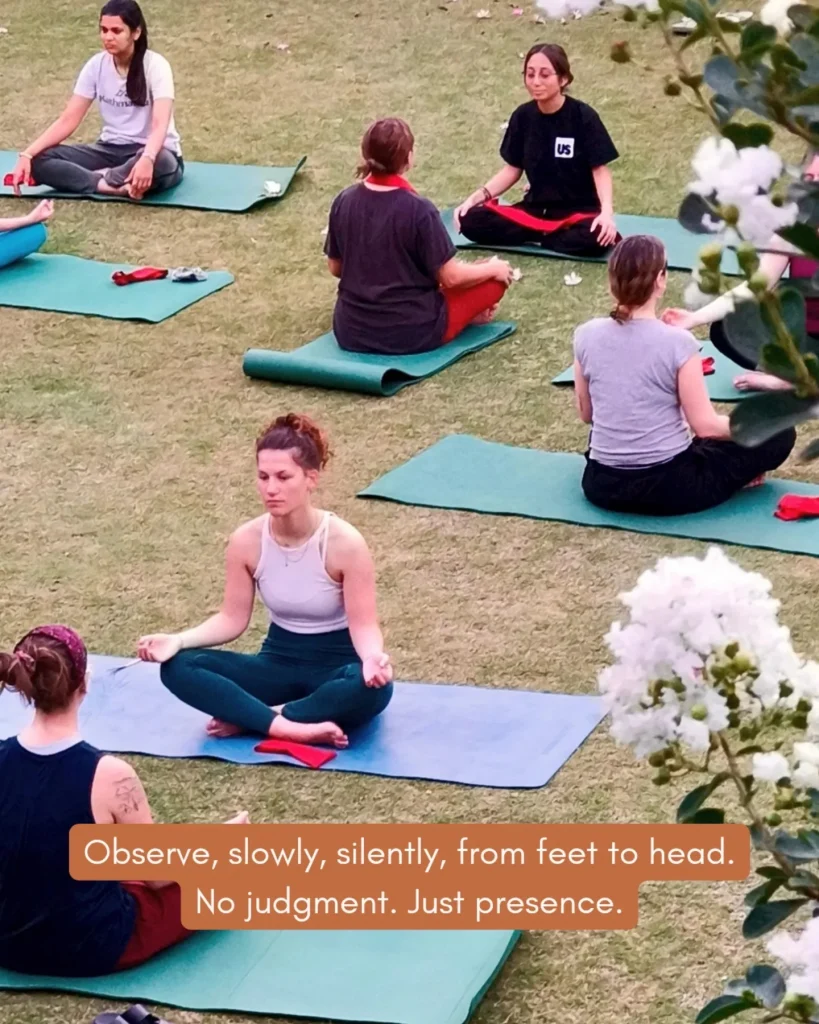
🧘♀️ 4. Downward-Facing Dog (Adho Mukha Svanasana)
Purpose: Full-body stretch and strength
Good for: Hamstrings, shoulders, calves, wrists
How to Do It:
- Start on all fours
- Tuck your toes and lift your hips up and back
- Try to straighten your legs (keep knees bent if tight)
- Spread your fingers wide, press into your hands
- Relax your head and neck
Hold for 5 breaths.
Why It Helps: It stretches the whole back of the body and strengthens arms and shoulders. It’s energizing and grounding.
🧘♀️ 5. Low Lunge (Anjaneyasana)
Purpose: Open hips and build balance
Good for: Hip flexors, thighs, core stability
How to Do It:
- From Downward Dog, step your right foot between your hands
- Lower your left knee to the floor
- Place your hands on your right knee or reach arms overhead
- Keep your chest lifted and hips square
Hold for 5 breaths, then switch sides.
Why It Helps: It stretches tight hips and improves posture — ideal for people who sit a lot.
🧘♀️ 6. Seated Forward Fold (Paschimottanasana)
Purpose: Stretch the back and hamstrings
Good for: Flexibility, calming the mind
How to Do It:
- Sit with legs extended in front of you
- Inhale, reach your arms up
- Exhale, hinge from your hips and fold forward
- Rest hands on your legs or feet
- Keep knees bent slightly if needed
Hold for 5–10 breaths.
Why It Helps: This pose soothes the nervous system and stretches the entire backside of the body.
🧘♀️ 7. Legs Up the Wall (Viparita Karani)
Purpose: Deep relaxation
Good for: Anxiety, tired legs, circulation
How to Do It:
- Sit sideways next to a wall
- Lie back and swing your legs up the wall
- Rest your arms by your sides
- Close your eyes and breathe naturally
Stay for 5–10 minutes.
Why It Helps: It relaxes the body and mind, and helps reduce stress and fatigue.
🧘♀️ 10-Minute Beginner Yoga Routine
Here’s how to combine the poses above into a quick home session:
- Mountain Pose – 1 minute
- Cat-Cow – 2 minutes
- Downward Dog – 1 minute
- Low Lunge (both sides) – 2 minutes
- Seated Forward Fold – 1 minute
- Child’s Pose – 1 minute
- Legs Up the Wall – 2 minutes
No fancy setup needed — just a quiet spot and willingness to show up.
🌱 Tips to Stay Consistent
Starting is easy — but staying regular is the real key. Try these tips:
- Pick a time each day (morning or evening works well)
- Set small goals (e.g., 10 minutes per day)
- Use music or guided videos to stay motivated
- Keep your mat rolled out in a visible spot
- Celebrate progress, not perfection
Remember: even one pose a day is better than none.
🤔 Common Questions for New Yogis
❓ “I’m not flexible — can I still do yoga?”
Yes! Yoga builds flexibility over time. Start where you are and use props like cushions or yoga blocks.
❓ “Is it okay if I can’t do the poses perfectly?”
Absolutely. Yoga is about how it feels, not how it looks. Everyone’s body is different.
❓ “How long before I see results?”
With regular practice (even 10 minutes a day), you’ll start feeling more flexible, calm, and energized in 2–4 weeks.
🧘 Final Thoughts: Your Yoga Journey Begins Now
Yoga isn’t about twisting into a pretzel. It’s about breathing, moving gently, and connecting with your body. These 7 poses are a safe and welcoming entry point into your yoga journey.
Start with one or two poses a day. Be kind to your body. Be patient with your progress. With time, you’ll notice more strength, balance, and ease — on and off the mat.
You don’t need to go to a studio or be an expert. Just roll out your mat, take a deep breath, and begin.

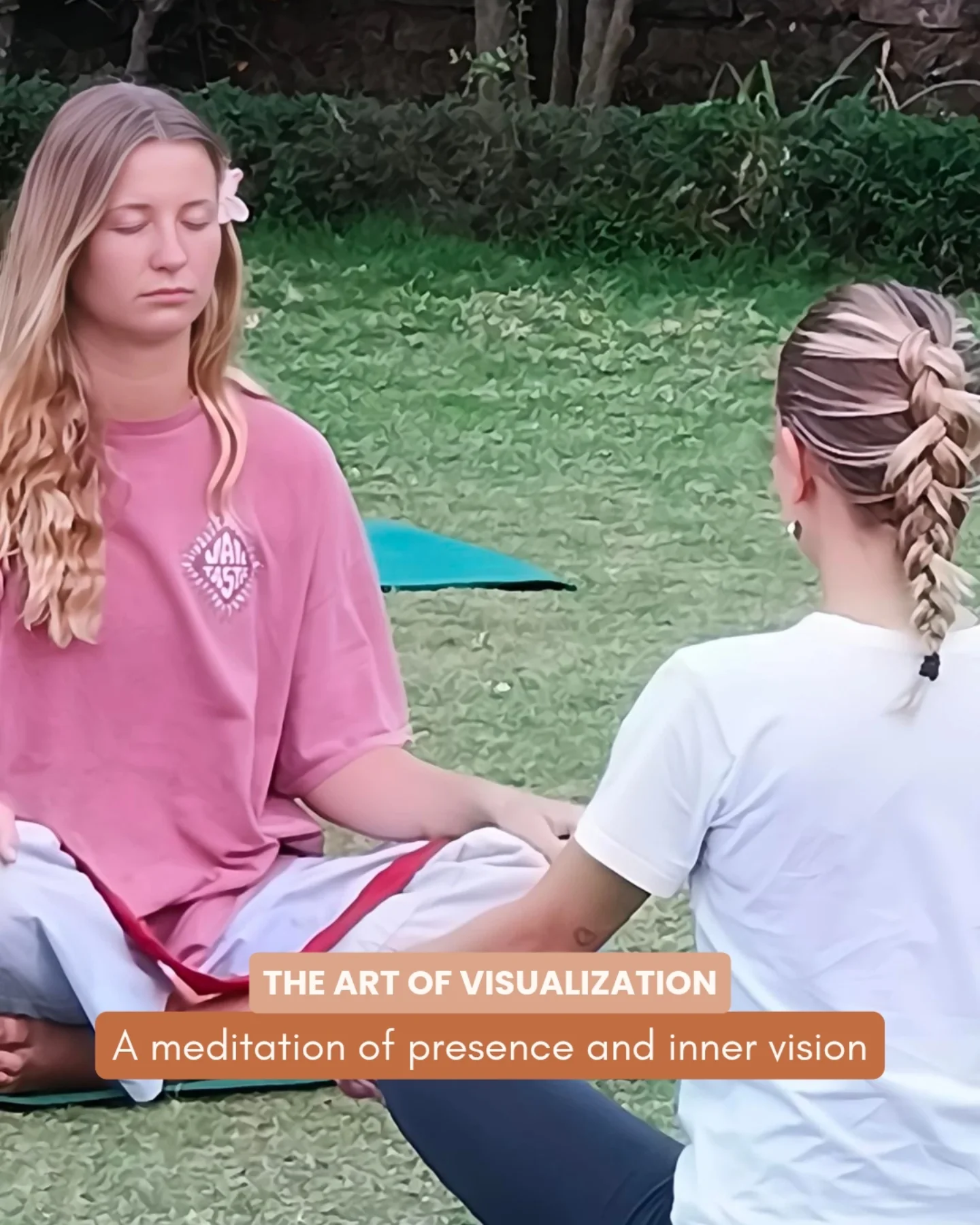
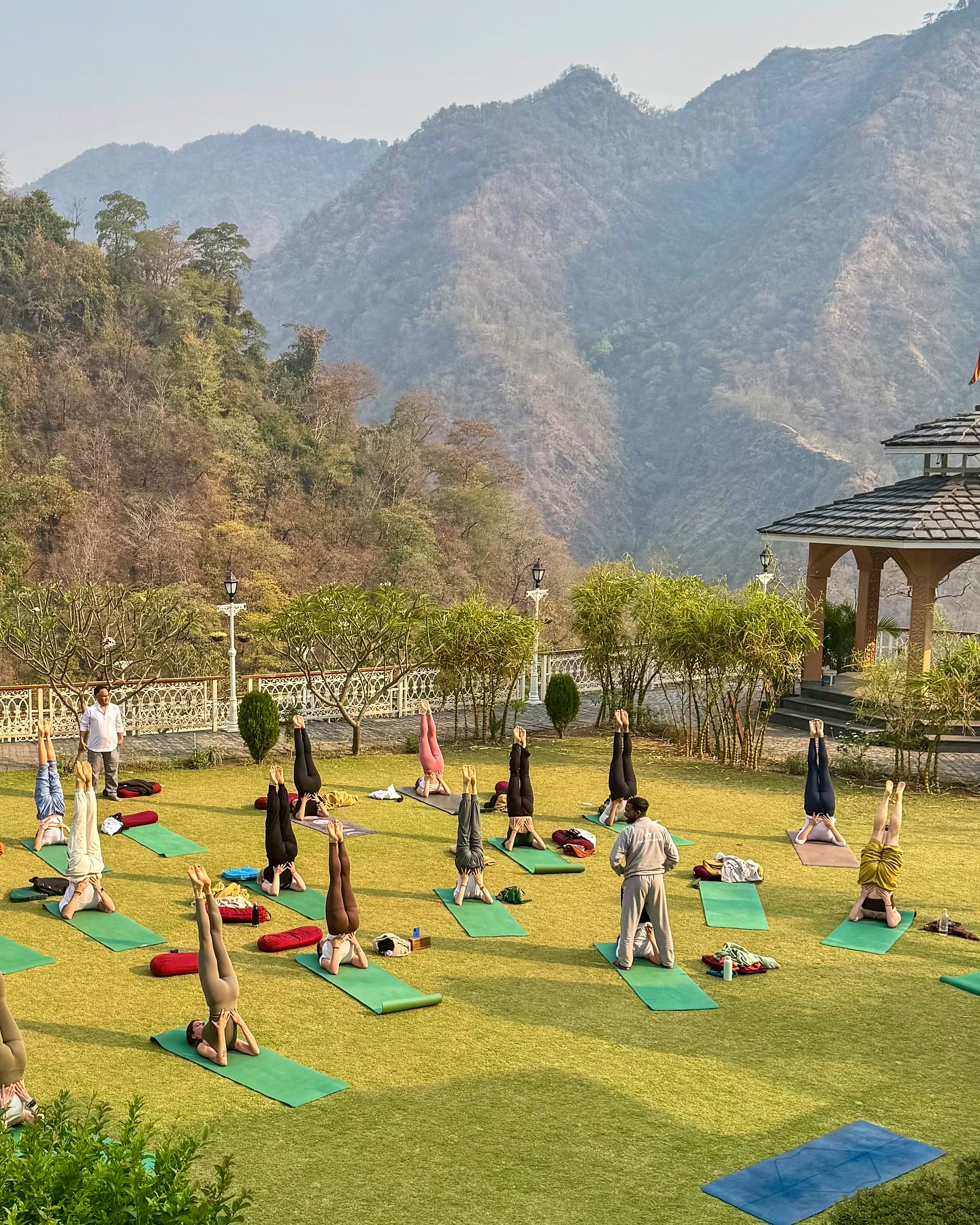
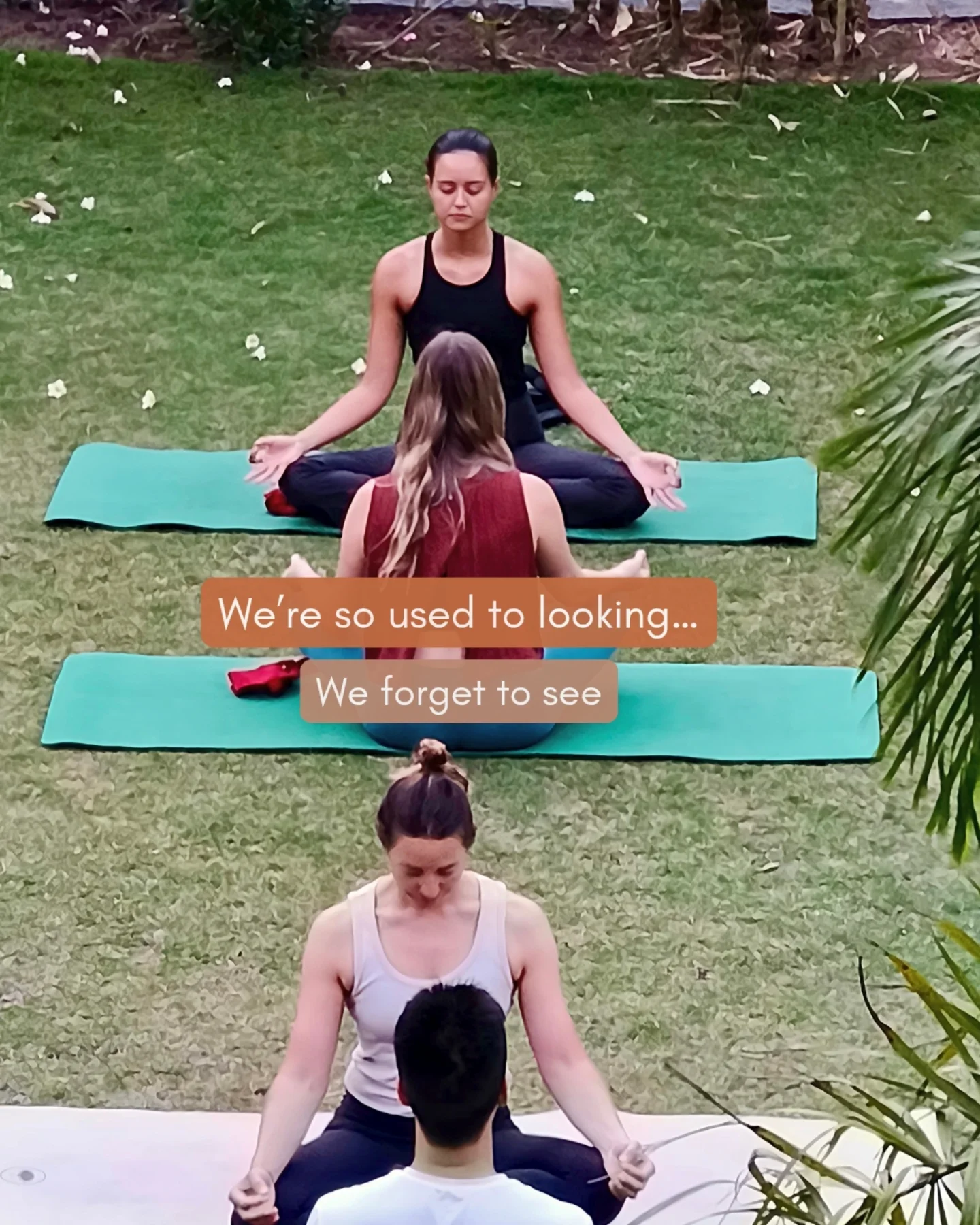
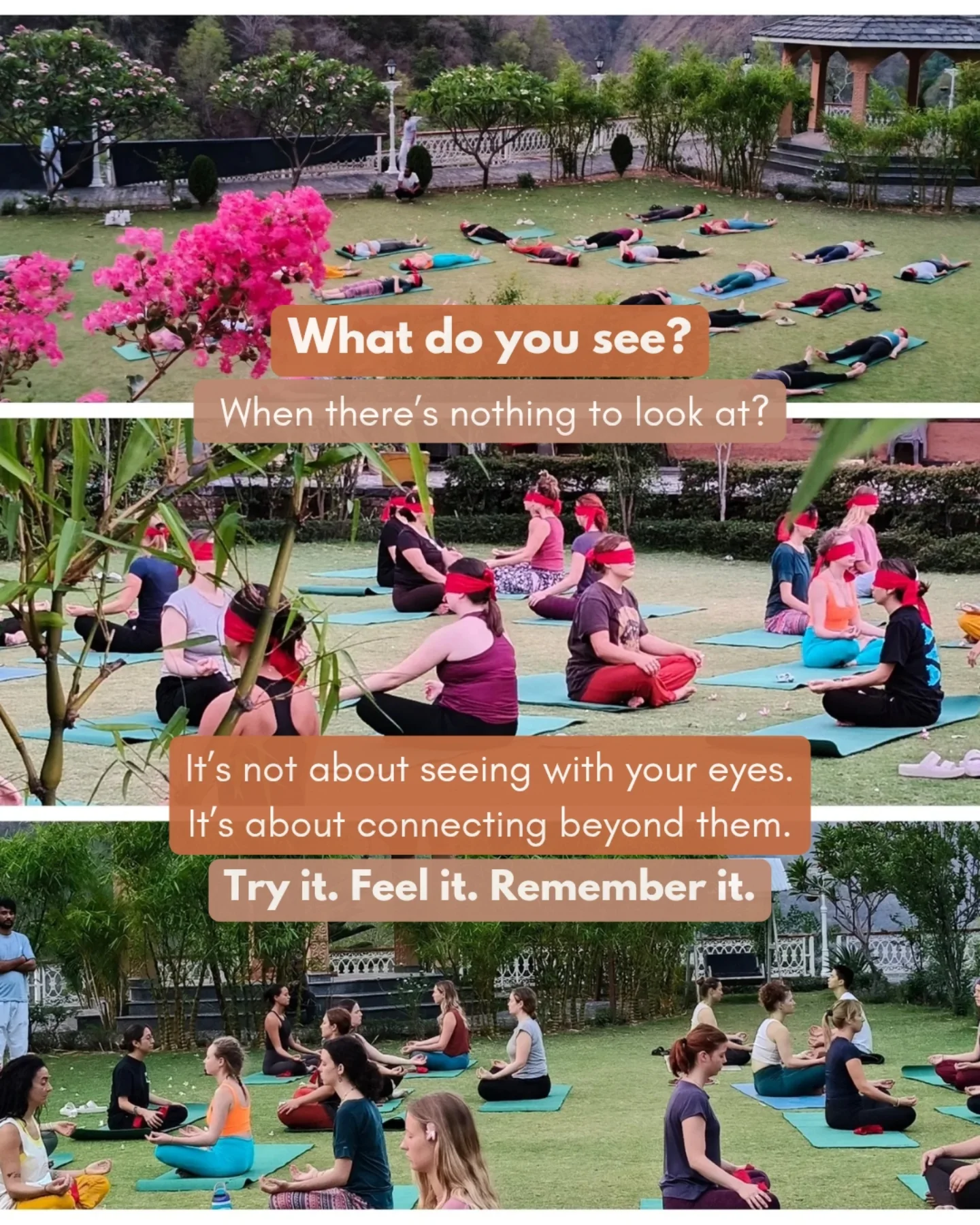
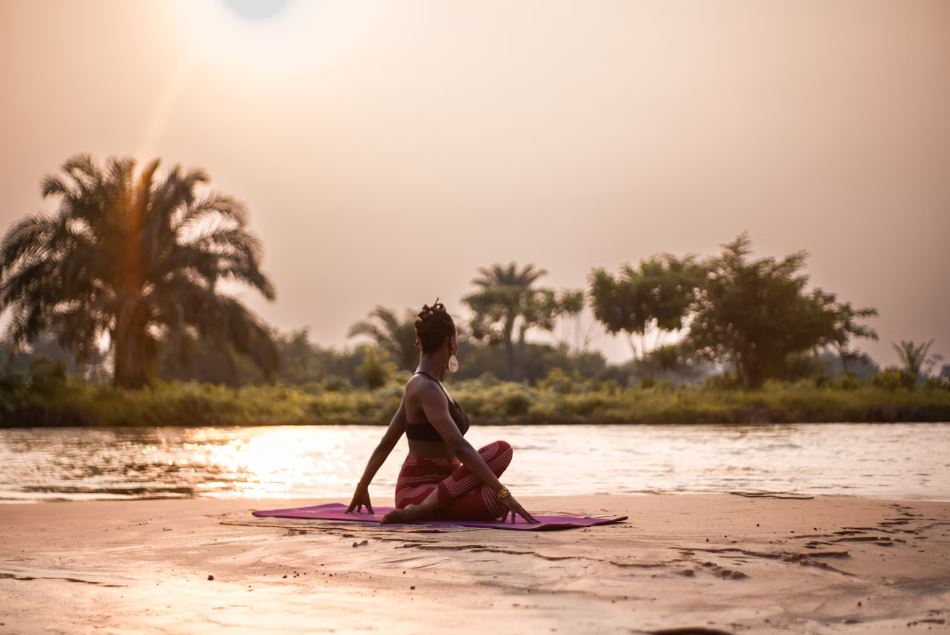
Leave a Reply